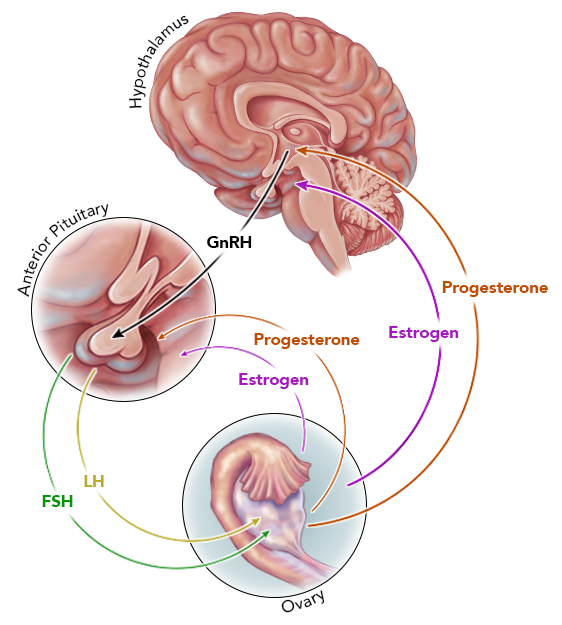Realistic digital surfaces that are designed by manipulating polygons, edges and vertices in a simulated 3D space, 3D models make the intangible seem tangible. 3D anatomical models provide a digital representation of some or all the anatomies in the human body to benefit education and training.
Master’s Research
At the Medical College of Georgia (MCG), female reproductive endocrinology is an area in which enrolled first-year medical students struggle. This is largely due to time constraints in the curriculum, making it difficult for students to learn such an essential comprehensive topic in roughly two weeks.
These students have complained that they don’t have a way to solidify their knowledge and that there is no immediate, engaging feedback for their efforts. Dr. Morganne Manuel, an associate professor at MCG’s Department of Cellular Biology and Anatomy, says she has consistently received this feedback for the last two years.
This project aimed to enhance clinical instruction on female reproductive endocrinology through the creation of a visual interactive learning module containing 3D-modeled artwork and responsive quizzes. The outcome will result in a better understanding and recognition of female hormone regulation and an increased early
diagnosis of pathological concerns.
The goal of the project was to create a learning module aligned with the USMLE content outline from the Federation of State Medical Boards and the National Board of Medical Examiners. The USMLE provides a content outline that classifies test questions in one of 18 major areas and does not provide example questions. The outline reveals
that one of the areas is a Reproductive & Endocrine Systems section. It accounts for 9-13% of the exam and questions on pathology are present in this category (NBME 2022).
After viewing this learning module, users will be able to: 1) Recognize and describe endocrinologic and physiologic characteristics of normal menstrual cycle phases; 2) Describe the HPO axis (Hypothalamus, Pituitary, Ovaries) negative feedback system and its effects on regulation of the ovaries; 3) Identify uterine and ovarian pathologies and their endocrinologic mechanisms of formation.












